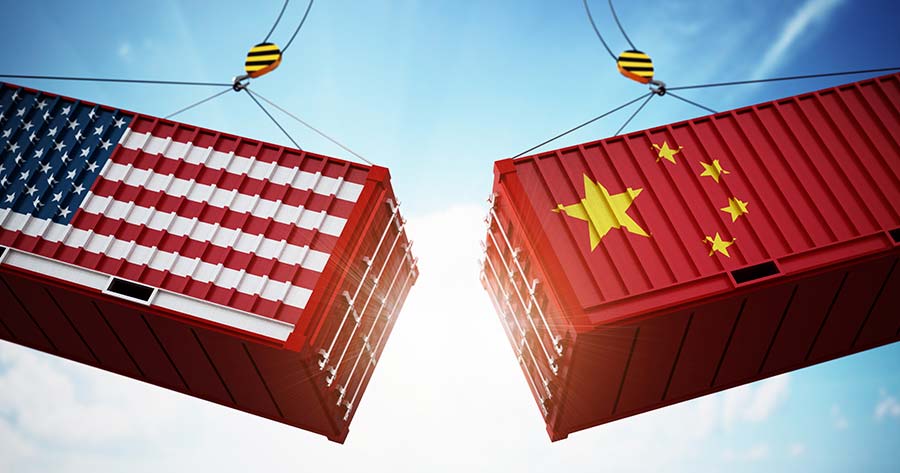After months of trade tension between the U.S. and China, the world’s two largest economies have made successful negotiation, easing the escalating trade war that affects global trade and economy.
When U.S. President Donald Trump imposed tariffs on several other nations, including China, the Chinese government responded with its own tariff. This led to a series of counter policies from both sides, creating side effects on the global economy.
However, the first step toward ending tit-for-tat tariff has come as representatives from the two nations met last weekend at Geneva, Switzerland. After two days of discussion, the U.S. and China agreed to reduce tariff rate for 90 days, with details as follows:
The U.S. agreed to reduce tariffs on Chinese goods from 145% to 30%. As for China, the nation confirmed to decrease levies from 125% to 10% and promised to remove the non-tariff policy, which includes the export restrictions on rare earth minerals.
This deal has brought relief many look forward to. Stock market around the world on Monday rose exponentially. U.S. Treasury Secretary Scott Bessent confirmed that both nations are expected to meet again in the next “few weeks” to make a “more fulsome agreement.”
Meanwhile in China, the media portrayed this agreement as a victory to the nation, with several cited their defiance postures as the main source. The nation is also using this deal to position itself as a responsible trading partner.
However, many have expressed their frustrations over China’s negotiating playbook. Foreign executives and officials have complained that China officials often talk of cooperation more than taking action.





